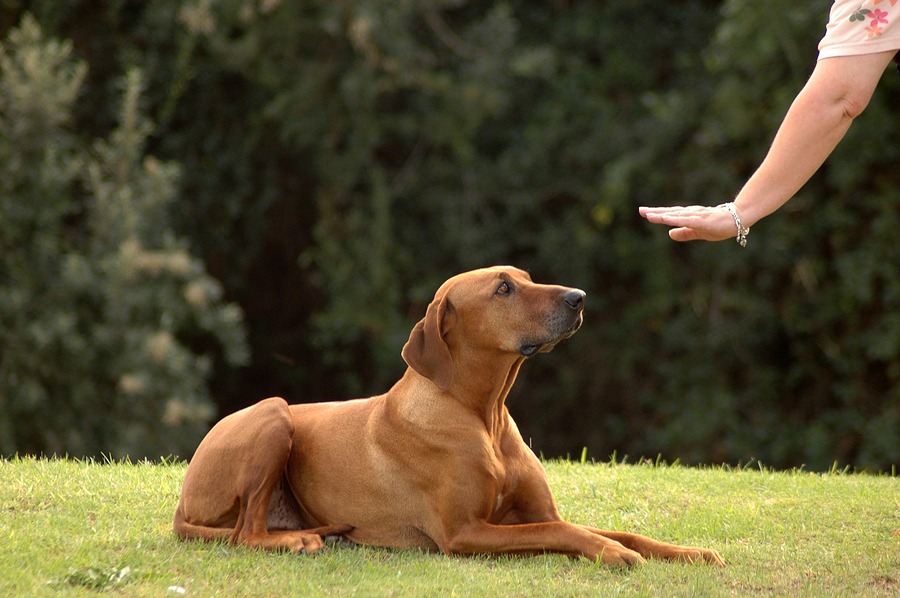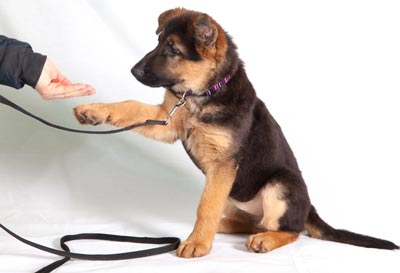Dog Training Strategies to Solve Common Behavior Problems
Dog Training Strategies to Solve Common Behavior Problems
Blog Article
The Ultimate Overview to Pet Training: Change Your Family pet's Habits
Effective pet dog training is vital for cultivating an unified relationship between pet dogs and their owners. The ins and outs of canine actions and the implementation of organized training strategies play an important role in this process. By recognizing the principles of positive support, uniformity, and socializing, family pet owners can navigate common obstacles that develop during training. This guide not just intends to furnish you with the essential tools to change your pet dog's behavior but likewise welcomes you to discover just how these foundational principles can bring about a much deeper link with your animal. What could be the very first step in this transformative trip?
Recognizing Dog Behavior
Comprehending canine behavior is important for reliable training and an unified connection between dogs and their proprietors. A pet's actions is affected by a mix of genes, atmosphere, and experiences. Dog training. Recognizing these aspects permits proprietors to customize their training approaches to fulfill the specific demands of their pet dogs
Dogs communicate mostly through body language, vocalizations, and faces. For circumstances, a wagging tail can indicate enjoyment or joy, while a tucked tail may indicate concern or submission. Observing these cues allows owners to respond properly, enhancing positive behaviors and addressing negative ones efficiently.
In addition, understanding the social framework of canines can provide understandings right into their behavior. Pet dogs are pack pets, and they flourish in a structured atmosphere. Establishing clear limits and constant regulations can avoid confusion and advertise a complacency.
Moreover, identifying the natural instincts of dogs, such as the impulse to dig or go after, is essential. These instincts can be redirected with appropriate electrical outlets, such as play or exercise. By thoroughly understanding these behavior elements, proprietors can cultivate a favorable training experience, ultimately bring about a obedient and well-adjusted canine buddy.
Necessary Training Techniques
Effective dog training depends on a selection of essential techniques that can significantly boost the knowing procedure for both the proprietor and the pet dog. One fundamental strategy is favorable reinforcement, which entails fulfilling preferable habits with treats, appreciation, or playtime. This method motivates pet dogs to duplicate the habits that lead to favorable end results, cultivating a trusting connection in between the pet and owner.
One more trick technique is consistency in commands and expectations. Using the very same spoken signs and hand signals helps the pet dog recognize what is required, reducing complication and promoting quicker discovering. In addition, establishing clear borders and rules is important for effective interaction.
Socializing is likewise an essential component of training. Subjecting canines to different atmospheres, individuals, and other animals assists them establish appropriate social abilities and reduces anxiety in strange scenarios.
Lastly, patience and timing are crucial. Training sessions should be short yet constant, making sure that the dog stays engaged and receptive. By using these necessary methods, proprietors can create a favorable and organized training experience that promotes etiquette and enhances the bond with their canine buddies.
Developing an Educating Arrange
How can a well-structured training schedule improve a pet dog's understanding experience? A training schedule provides uniformity, making sure that pet dogs obtain normal, concentrated guideline. This predictability assists pets comprehend what is expected of them, strengthening their learning and permitting better retention of commands and habits.
When producing a training schedule, it is necessary to think about the pet dog's age, type, and specific personality. Youthful pups may gain from much shorter, extra frequent sessions, while adult pets might love longer, much less regular training periods. Including a variety of activities can also keep the sessions engaging, preventing monotony and promoting interest for discovering.
Additionally, organizing training sessions at particular times of the day can assist solidify a regimen. Coupling training with day-to-day walks or playtime can develop a positive organization with understanding. It is also important to consist of time for support, such as treats or appreciation, to compensate wanted actions promptly.
Last but not least, versatility is key. While consistency is crucial, being adaptable to the dog's state of mind or power degree can enhance their knowing experience. A well-crafted training timetable eventually lays the foundation for efficient communication and a stronger bond in between the pet and owner.
Typical Training Obstacles
Despite having a well-structured training routine, pet dog proprietors typically encounter various difficulties during the training process. One usual issue is inconsistency in hints and commands. When multiple member of the family use various terms or tones, a dog might end up being baffled, impeding its ability to learn efficiently.
One more frequent challenge is distraction. Dog training. Pets are normally interested animals, and outside stimulations such as other pets, sounds, or individuals can divert their focus during training sessions. This requires owners to produce a regulated atmosphere or gradually introduce disturbances to strengthen focus
Furthermore, differing energy levels can affect training end results. High-energy dogs may struggle to settle down and concentrate, while more easygoing breeds might need extra motivation to involve. Tailoring the training method to fit the private pet's temperament is crucial for click resources success.

Building a Solid Bond
A strong bond in between a canine and its owner is vital for effective training and general well-being. Dog training. This partnership fosters trust fund, which is critical for reliable communication during the training procedure. When a canine feels connected and safe and secure to its proprietor, it is more probable to react favorably to commands and signs
To develop this bond, uniformity is vital. Developing a regimen that consists of routine feeding, workout, and training sessions helps produce a feeling of security. Furthermore, favorable reinforcement strategies, such as deals with, appreciation, and play, enhance wanted actions while reinforcing the psychological link.
Socializing is an additional crucial facet of bond-building. Revealing your dog to different settings, people, and other pets assists them really feel much more comfy and certain, enhancing the bond with their proprietor. Taking part in activities with each other, such as strolling, playing bring, or taking part in obedience training, promotes synergy and shared enjoyment.
Final Thought

Comprehending canine actions is vital for reliable training and a harmonious relationship in between dogs and their owners.Efficient canine training counts on a variety of crucial strategies that can significantly boost the understanding procedure for both the pet dog and the proprietor.Regardless of having a well-structured training routine, canine proprietors commonly encounter different difficulties during the training procedure.In conclusion, effective canine training relies on an extensive understanding of canine actions, the application of essential techniques, and the establishment of an organized training timetable. By stressing positive support and consistency, canine owners can significantly improve their family pets' actions, inevitably ensuring an unified relationship and promoting the health of both the pet dog and its atmosphere.
Report this page